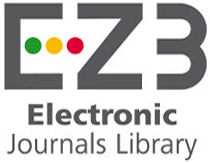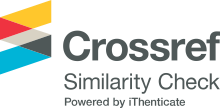Abstract
Introduction: The spectrum of nail changes is wider and their frequency is higher among HIV patients. These changes magnify the range and multiplicity of AIDS manifestations. Their systematic examination is a non-invasive method of possible diagnostic value.
Objective: The present study was conducted to study the frequency and types of nail changes in HIV infected individuals and to correlate the severity of nail changes with CD4 count.
Material and Method: This was a cross sectional study, conducted in Skin & STD Out-Patient department in a tertiary care hospital between March 2018 and April 2019. A total of 176 HIV patients were included in the study. Standardized examination was performed in which the changes in surface, color, thickness and curvature of nail plates were recorded. Data were coded and analyzed.
Results: The prevalence of nail changes in our study was 60.8%. Majority of the patients were in the age group of 34-41 years(38.1%) with a slight female preponderance Absent lunula (33.5%), diffuse pigmentation of nails (29.54%) and nail dystrophy (18.2%) occupied the top three changes followed by longitudinal melanonychia (13.06%), flat nails (4%), onychomycosis (3.4%) and pterygium (2.8%). Majority of the patients who had abnormal nails had CD4 count in the range of more than 500 cells/mm3(30.68%) because many patients in our study were having CD4 count more than 500 cells/mm3. The strength of association between abnormal nail changes and CD4 count was done by Chisquare test and the p value was 0.575 which was not statistically significant.
Conclusion: This study infers that systematic nail examination of HIV patients is necessary, but their relation to the severity of immunosuppression requires further large scale, multicentric studies.
Recommended Citation
Vellaisamy, Seethalakshmi Ganga; Jeyaraman, Priya; and Gopalan, Kannan
(2020)
"Prevalence of nail changes in patients infected with HIV - A cross sectional study,"
Journal of General - Procedural Dermatology and Venereology Indonesia: Vol. 5:
Iss.
1, Article 1.
DOI: 10.19100/jdvi.v5i1.228
Available at:
https://scholarhub.ui.ac.id/jdvi/vol5/iss1/1
Included in
Dermatology Commons, Integumentary System Commons, Skin and Connective Tissue Diseases Commons






























